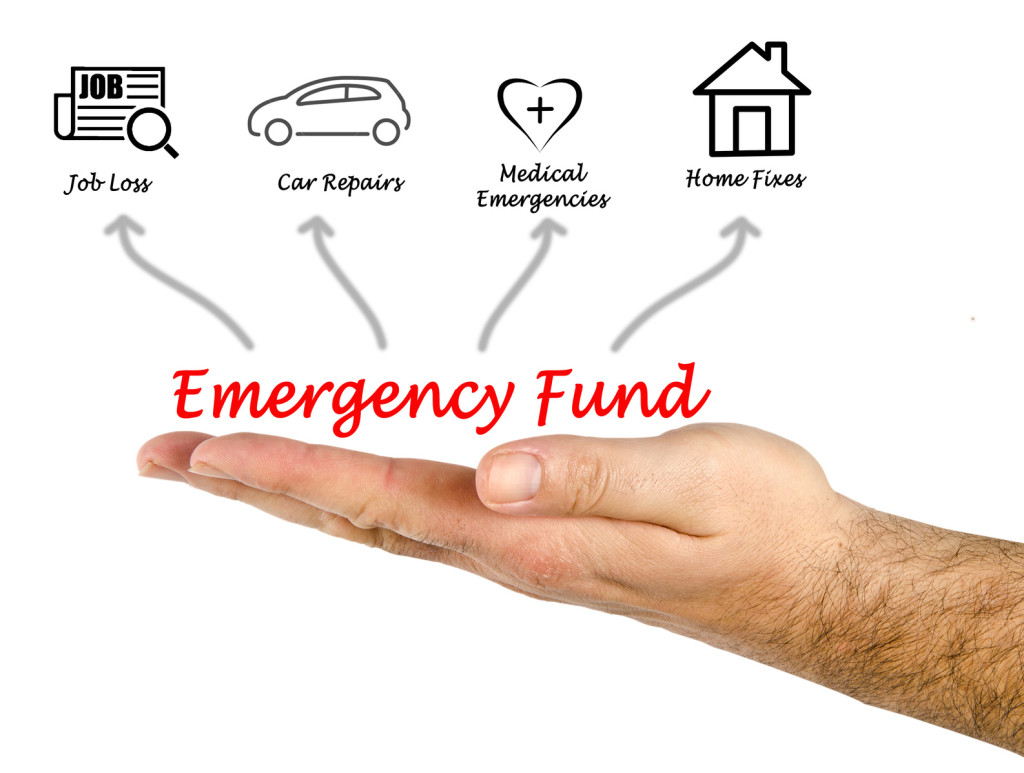An emergency fund is a highly beneficial, yet often overlooked, part of an individual or family budget. It not only prepares you for the unexpected, but it also offers peace of mind as you go about your everyday life. Here are some guidelines to establishing an emergency, for any budget.
Reasons to have an emergency fund
The purpose of an emergency fund is to help you maintain a normal life even when facing unexpected financial burdens. It may seem that dedicating part of your income to an emergency fund every paycheck is limiting, but an emergency fund will actually give you the freedom to relax when things like high medical bills and unexpected car repairs enter the picture. It can prepare you for emergencies such as job loss, a broken household appliance, sudden family tragedy, and health issues, so that you don’t have to live on credit during these times.
How much should I keep in my emergency fund?
Advice differs on how much is enough for an emergency fund. Some recommend saving up as much as 8 months’ worth of expenses—that is, enough money to cover all of your typical expenses for 8 months. This includes more than just expenses like mortgage, utilities, and car payments. Others recommend 6 months’ worth of expenses, or less for those who receive Social Security benefits or a pension. This may sound like a lofty goal, but the truth is that any effort you make at establishing an emergency fund is better than none at all.
How do I establish my own emergency fund?
Start small.
For many the prospect of starting an emergency fund is intimidating, but you don’t have to suddenly cut your expenses all at once. Start small, by saving $100 per month, or 10 percent of your income, so that you will have at least something to fall back on in the coming months. This can train you to tighten your budget in other areas and eventually be able to contribute more and more to growing your fund.
Don’t underestimate.
When considering several months of expenses to save up for, don’t forget the things that lie beyond typical rent, mortgage, or loan payments. You’ll also need to consider things like groceries, child care needs, typical entertainment expenses, and transportation. Track what your expenses are during a typical month to give you a firm idea.
Trim your budget.
There are many ways to cut your expenses to make room for an emergency. Find what works for you, be it preparing your own food instead of eating out, shopping around for better insurance plans, going grocery shopping with a list, or using your air condition unit less often. Then, be sure to transfer all of that money you are saving into your emergency fund, resisting the urge to spend it on splurge items.
Don’t touch your emergency fund.
Remember: an emergency fund is different from a “splurge fund.” If you want to splurge every once in a while on a new electronic or a night out, that’s fine, but don’t dip into your emergency fund to do it.
